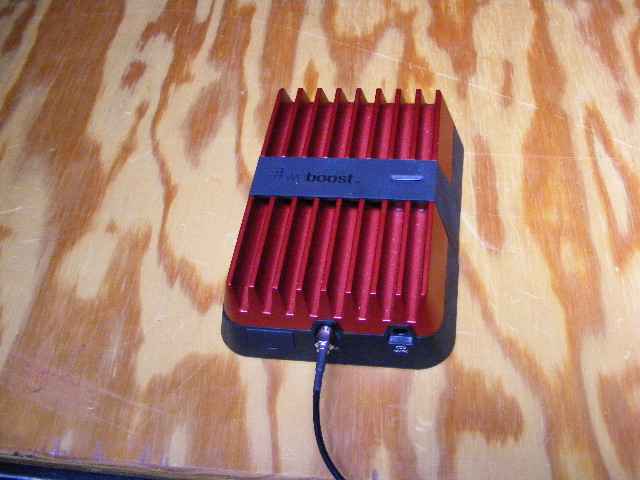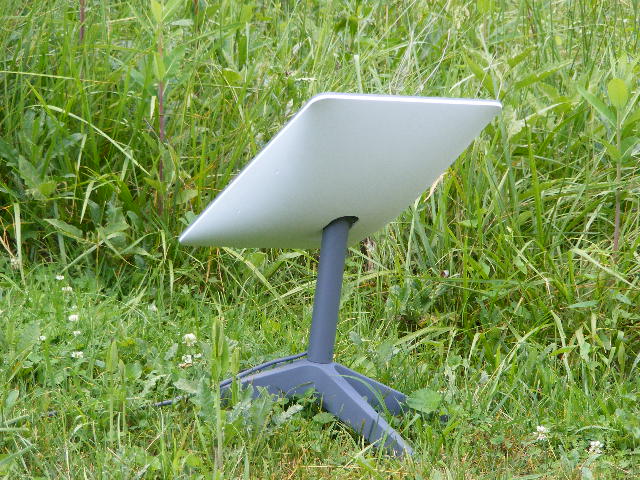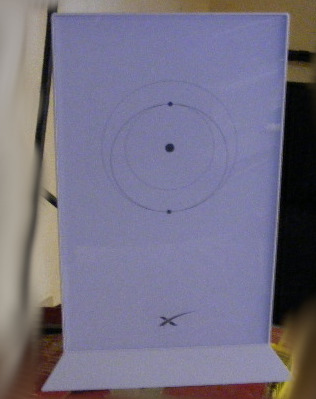Mobile Internet Choices

In this blog post, I want to step through the variety of Internet services and methods of connecting, concentrating on those for mobile use.
You connect to the Internet via an Internet Service Provider (ISP). Service to the Internet can also be bundled with other services, such as telephone, cellular, and cable TV. Funny thing is, nowadays, nearly all of these services are digital. If not, you can bet the provider is earnestly moving the point where your service converts to a digital signal as close as possible to your home or office – it just makes good financial sense to move your signals digitally. Digital traffic blends well on the correct medium with limitations, of course, but it does blend. Anyone remember party line phones? As someone living in a rural area. Party phone lines were an example of how analog traffic does not blend.

One exception to residential service being digital is often found in rural areas with Plain Old Telephone Service (POTS), which is a truly analog signal running on a pair of twisted copper wires. When this is the best wire around, telephone companies have found a way to step up the voltage and introduce a digital signal called Digital Subscriber Line (DSL), but the speeds are often terrible on this type of service. I have friends with DSL that barely works. As it turns out, the reason is because the wire from the phone box at the street going to the person’s house was put in the ground between 30 and 50 years ago. Back then the wire was thin and is now corroded. Oddly enough, it still is adequate for an analog phone call, but fails miserably when trying to step up the voltage and encode a digital signal.
For those us old enough to remember land line faxes and the good old days of modems, you can remember the handshake sounds of beeps, squawks, and hisses while the POTS or FAX connection was being established. If you live where this is the best service offering, please keep reading, the mobile solution may be your only hope!
Wired Choices
Your typical wired choices are fiber, cable/coax, phone as mentioned above, or dedicated lines, such as a T1. Each has pros and cons, but overall, these lines are physical and therefore restricted to a specific location. For the mobile dweller, a fixed ISP is just not feasible; moreover, the privacy seeker will not want their service connected to a physical installation. Hands down, fiber is the fastest connection you can get for speed.
Wireless Choices
Your wireless choices include cellular and satellite; we’ll discuss WiFi shortly.
Cellular mobile data can be accessed through your phone, if it has a hot spot feature (BIG IF) and you can purchase a WiFi device, also known as mobile hot spot from various vendors. They take a SIM card and will give one or two people adequate connection to the Internet for simple web use, but heavy data connections will suffer. Other companies sell devices like Cradlepoint https://cradlepoint.com/, which are commercial WiFi solutions. I’ve used Cradlepoint devices in businesses as fail over devices; some models can take two SIM cards so you can get on two different cell networks and even load balance traffic.
Also, you must consider the numerous other variables in what makes an Internet connection “fast”. Distance, signal strength, frequency overuse, and congestion all play a role in what you experience as fast or slow. To complicate matters, the telecoms throw around things like 2G, 3G, 4G, 5G, LTE and “bars”; whereas the true measure of a cellular signal uses a unit called decibel-milliwats (dBm) which is milliwatts (electrical power) expressed on a decibel scale. To make matters worse, the scale is logarithmic, meaning the signal strength doubles every three decibels. For example, -92 dBm is twice as powerful as -95 dBm. So, from 0 to -50 dBm is great, -85 dBm is still usable, and -120 dBm becomes too weak or not usable.


BTW: in the picture above left, the weBoost antenna is temporarily attached to a collapsing flag pole with zip ties. I’m testing the device. In a more permanent environment, I’ll use U-bolts to attach the antenna rod sections to the flag pole. Picture right is the amplifier, about the size of a pocket novel.
If your only or alternate option is cellular data, I recommend a weBoost cell phone booster. The weBoost is essentially a cellular signal repeater with an omnidirectional antenna. You put an antenna outside, the amplifier and indoor antenna inside, and let the device do the rest.
If you’re particularly froggy, get a Wilson Yagi, or directional antenna, and use the FCC’s database to find the cell tower you need, and then point the Yagi at the cell tower. This is a lot of extra technical work to point a directional antenna at a distant cell tower, so it’s not for the faint of heart.


The best mobile data solution is satellite, but until recently, the plans were too expensive, and limited in speed and the service came with data caps. The major contenders are Hughes Net, Viasat, and Starlink. As with many things, the devil’s in the details. I chose Starlink for these reasons: They have thousands of satellites in low earth orbit for high-speed, low-latency broadband internet; the service is global; you can get connected in minutes; no contracts, 30-day trial; they have mobile plans, but the price as of this writing is $599 one time for the hardware, and $150/month for no contract on and off when you want service; in motion use is an option, but the antenna is $2500.00 and the service is $250/month; Dishy has a built in heater to mitigate snow buildup; the antenna rotates about and tilts on its own; and there is a free app to monitor things. The service can be residential (fixed) or you can choose mobile for a higher fee.
My unit shipped quickly and set up in minutes as promised. The unit creates a WiFi signal, which is great for going wireless, but WiFi introduces speed problems with congestion. How many devices are connected? Anyone running a microwave? Are you 2.4G or 5G networking? I simply prefer a wired connection – it is the absolute fastest speed.
Sidebar
I had an acquaintance who became a friend when he had connection issues and knew I have some expertise in technology. This dude was obsessed with an online role playing game where you fly a digital aircraft and relive historic air battles. I’ve flown some simple digital aircraft simulations, and I understand the attraction, but I don’t have the time to get involved in the gaming culture. But it is cool! Anyway, he was playing this game in his living room, over WiFi and his router/hot spot was in his basement some 40 feet away. I told him to somehow get a cable from the router directly to his laptop, get connected over the wire, and disable the WiFi just to be sure. He him-hawed around over several weeks, but when he finally did as instructed, his gaming activities became much more enjoyable. The bottleneck in his speed was not his ISP, but his wireless network, as is often the case. A wire is just much more, and I mean significantly more, faster than a wireless connection. It’s just not mobile. So if speed matters most, cable up!
Back to Starlink
So, with my Starlink package, I’m seeing excellent speeds, even with devices connected through a VPN. I like that I can travel globally and get connected in minutes. The equipment was pricey, but it gives me another connection to the Internet and this is especially useful in mountainous terrain and in rural America where you are just too far from the nearest cell tower. The satellite is much faster than cellular data, too. As for the service monthly fee of $150, well this is only a few dollars more than what I was paying Charter/Suddenlink/Optimum, or whatever they call themselves now.
Oh, and to get a true wired experience, it’s off to the Starlink store to add an Ethernet adapter and longer cable for my RV use. They really should build the base unit with an Ethernet port.
WiFi as a Mobile Internet Choice
Finally, we get to WiFi as a mobile data connection. The problem with WiFi, is that the radio providing you service must be connected to an ISP somehow, somewhere. The connection you have, through their portal and perhaps mesh network, introduces latency and is just not the optimal method, but it does work.
My Solution
So, my Internet connections are three deep – and keep in mind, I make a living by being connected:
- Primary: Starlink satellite
- Secondary: WiFi hotspot on the AT&T network
- Tertiary: Cell phones with data service on T-Mobile/Mint Mobile
Bottom line: do your own research. Figure out your needs and check the service offerings, speeds, data caps, etc. Things change, usually for the better, but competition drives innovation!
Views: 38
